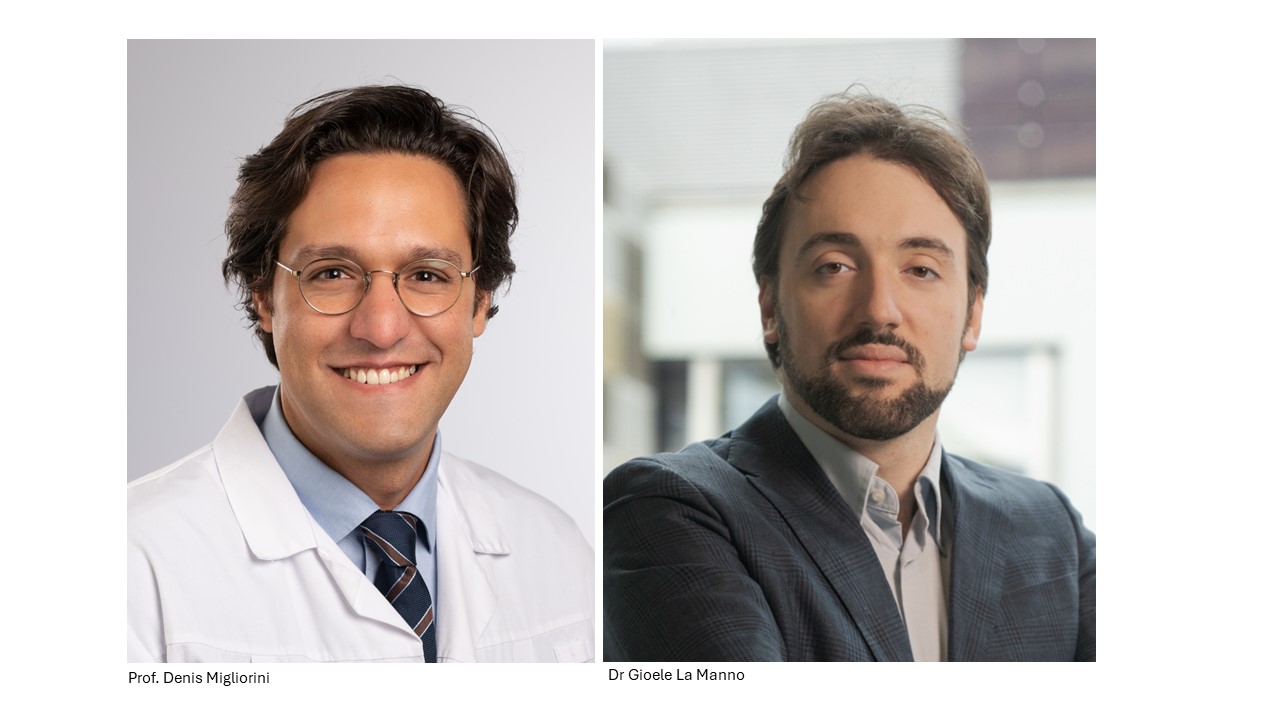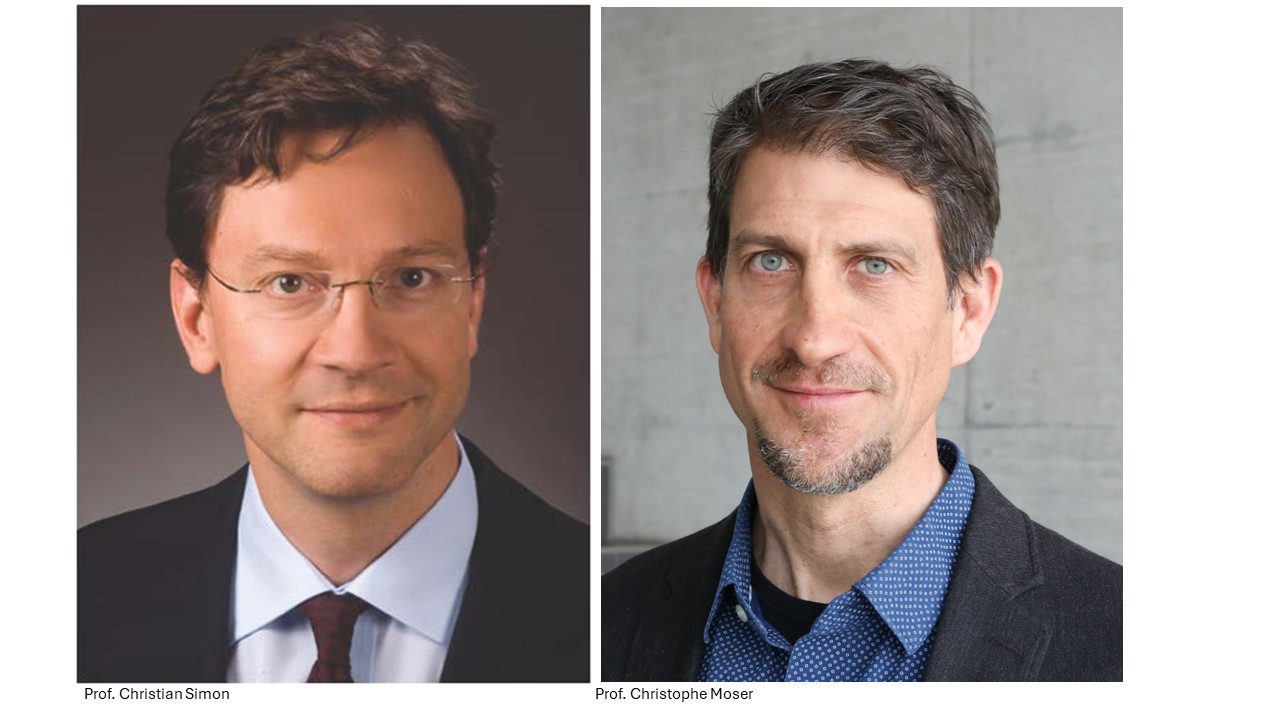Using tissue derived from the patient to predict effectiveness of different treatments to find the best one for each patient

The use of molecular and genetic approaches to personalize medical treatments is well on its way to transform cancer therapy. This is because personalized medicine can generate customized therapies and avoid the use of ineffective, and often debilitating, molecules. Currently, cancer treatment is based on tumor stage, mutation profile, and clinical history, while crucial factors such as the tumor heterogeneity and its microenvironment are rarely taken into account. These latter factors, however, are often the most variable and can influence therapy response. Thus, there is an urgent need to incorporate patient-specific data into decisions on the choice of treatment.
This project aims to develop an automated culture system of patient-derived tumor explants. These tumor avatars are unique to individual patients and provide a platform to test sensitivity of each tumour to various treatments. This information could be used to anticipate clinical response, and therefore could guide the hemato-oncologist in selecting the most effective molecule for each patient. In this project the team works with patients affected by non-Hodgkin lymphoma, a group of cancers originating from mature lymphocytes (type of white blood cell).
The team has a number of promising preliminary results. First, the basic research team has developed a method to culture small fragments of the tumor tissue taken from the patient in such a way that key features of the tissue including the cellular composition and architecture are preserved. These fragments, called lymphomoids, can subsequently be used to test the sensitivity to various therapies. Ultimately, the goal is to optimize the lymphomoid technology as a clinical tool to find the most suitable treatment for each lymphoma patient. The team will use cutting-edge image analysis of spatial features to understand the effect of the treatment on both the lymphoma and the neighbouring cells forming the tumor microenvironment. In addition to better tailoring existing treatment to specific patients, this technology can also be used to discover novel therapies.
Ineffective therapies are associated with potential toxicities and ultimately lead to the emergence of resistant diseases that are more difficult to treat. Therefore, implementing a technology that could directly identify these inefficient treatments in routine clinical practice would be groundbreaking and could significantly improve patients’ prognosis and their quality of life.
Analysing tertiary lymphoid structures as part of the brain tumor environment to develop immune therapies against glioblastoma

Glioblastoma (GBM) is the most common and malignant primary brain tumor in adults. The aggressive and invasive nature of the tumor and its heterogeneity often render it resistant to standard therapies, including chemotherapy, radiation and surgery, leading to a survival rate of less than two years. In this TANDEM collaboration, the team hopes to improve the outcome of GBM treatments by advancing their understanding of the interaction between this tumor and the cellular environment that surrounds it.
Tertiary lymphoid structures (TLS) are ectopic (misplaced) parts of the lymphatic system that develop in non-lymphoid tissues, and which form, importantly, at sites of chronic inflammation such as tumors. Past work has shown that TLS are highly relevant to the prognosis of cancer patients as they form part of the cellular environment that surrounds the tumor, the TME. A major focus of anti-cancer research has been on the macrophages found in TLS, as these white blood cells can either promote or hinder tumor growth, by helping remodel the tissues that surround and support the cancer.
The researchers aim to understand how tertiary lymphoid structures interact with the TME in glioblastoma patients, in order to eventually trigger an anti-tumor immune response in the TLS. Specifically, the project will characterize the repressive TME that blocks normal immune system function, with the ultimate goal of reprogramming the TLS and combining it with CAR-T cell treatment, an advanced T-cell-specific immunotherapy in which T lymphocytes are programmed to recognize tumor cells.
Over the next three years, the team will apply cutting-edge technologies based on the in vivo imaging of gene expression in cells within normal and tumor-containing tissue sections, in order to identify and analyze the contents of the TLS. They aim to understand the intricate interactions of the lymphoid structures with the TME, which helps sustain both the tumor and the TLS. This new knowledge may serve to generate new avenues for therapy, namely the reprogramming of macrophage states in order to support the attack of programmed T cells (CAR-T) on the tumor. The extremely aggressive behavior of glioblastoma and its high mortality rate add urgency to their search for new therapies.
Development of an endoscope to better define tumor margins during surgery

Neck and head cancers (HNC) are lethal and mutilating. With over 150’000 new cases diagnosed each year in Europe alone and 370’000 deaths world-wide, these cancers have a significant impact on the human population. The main issue with HNC is that they have characteristic infiltrative growth, which means that the disease can escape eradication by local surgery and spread. This TANDEM project aims to improve the technology used to make HNC surgery more efficient.
For more than 50% of the HNC patients the first-line treatment is surgery. During those interventions it is essential that the surgical margin (the “border” between the tumor tissue and healthy tissue) is negative for cancer cells. This requires the excision of the cancer such that even on the microscopic level no tumor cells are left behind. Residual disease can lead to local reoccurrence and death of the patient.
The routinely used surgical techniques have limited resolution and surgeons often have poor visibility of the extension of the tumor, which leads to diseased cells around the edge not being detected. So, even though the surgery is deemed successful, in about 20% of the patients, it is not. Consequently, such patients must undergo further treatments such as chemical and radiation therapy which are aggressive and seriously impact the patient’s quality of life.
This collaboration between clinicians and engineers aims to use recently developed ultra-thin endoscopes – which are minimally invasive due to their small size (thin as a hair!) while still providing high resolution images –that will enable a more precise visualization of tumor cells in situ. Importantly, this technology will be implemented in real time during surgery to enable the surgeon to predict with much higher accuracy where the tumor tissue ends and the healthy tissue begins. Ultimately this will improve the reliability of diagnostics and the rate of success of HNC surgery for these cancer patients.

